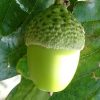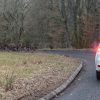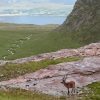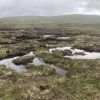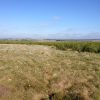Forest Enterprise Scotland (FES) manages the national forest estate on behalf of the Scottish Government.
The Glen Affric area is one of their flagship sites for nature conservation, holding one of the most extensive remnant native pinewoods in the country. It is also the subject of a large restoration project, whereby commercial trees planted in the 1950’s-1970’s are being removed to allow native woodland to re-colonise.
In the first phase of work we undertook an extensive deer population assessment, focusing on mapping out the areas of high and low deer occupancy. The methods we used were those we developed in the late 1990’s and now published as research.

